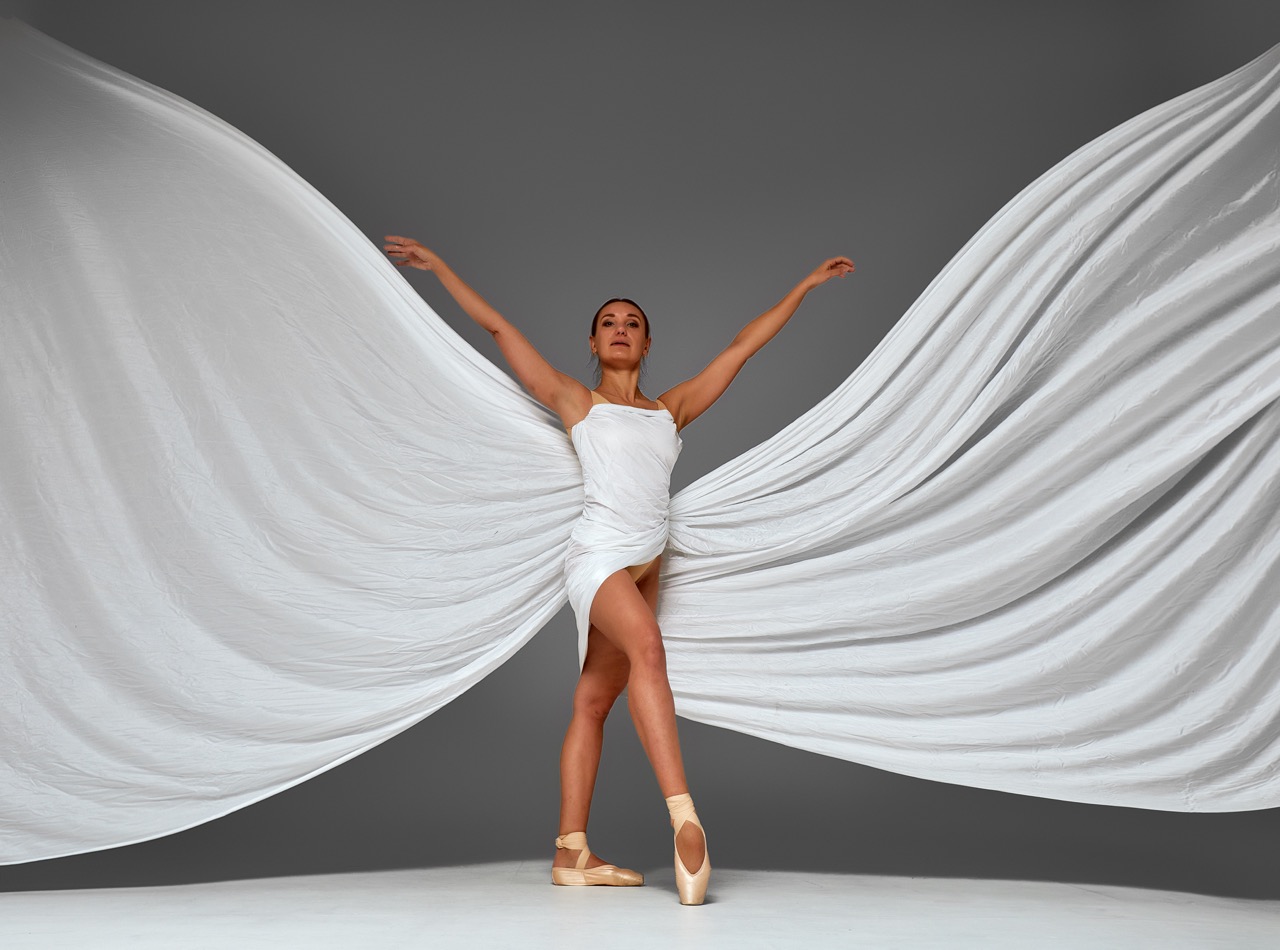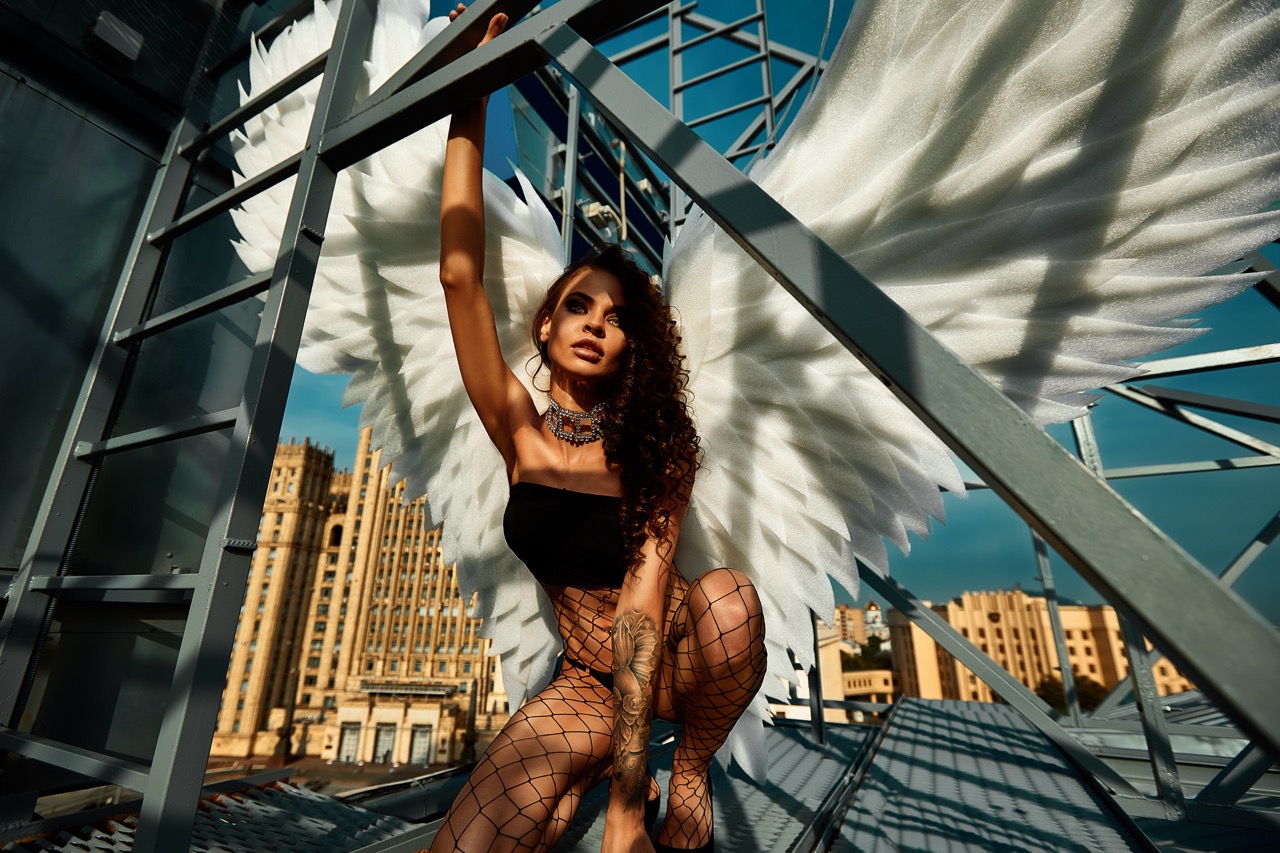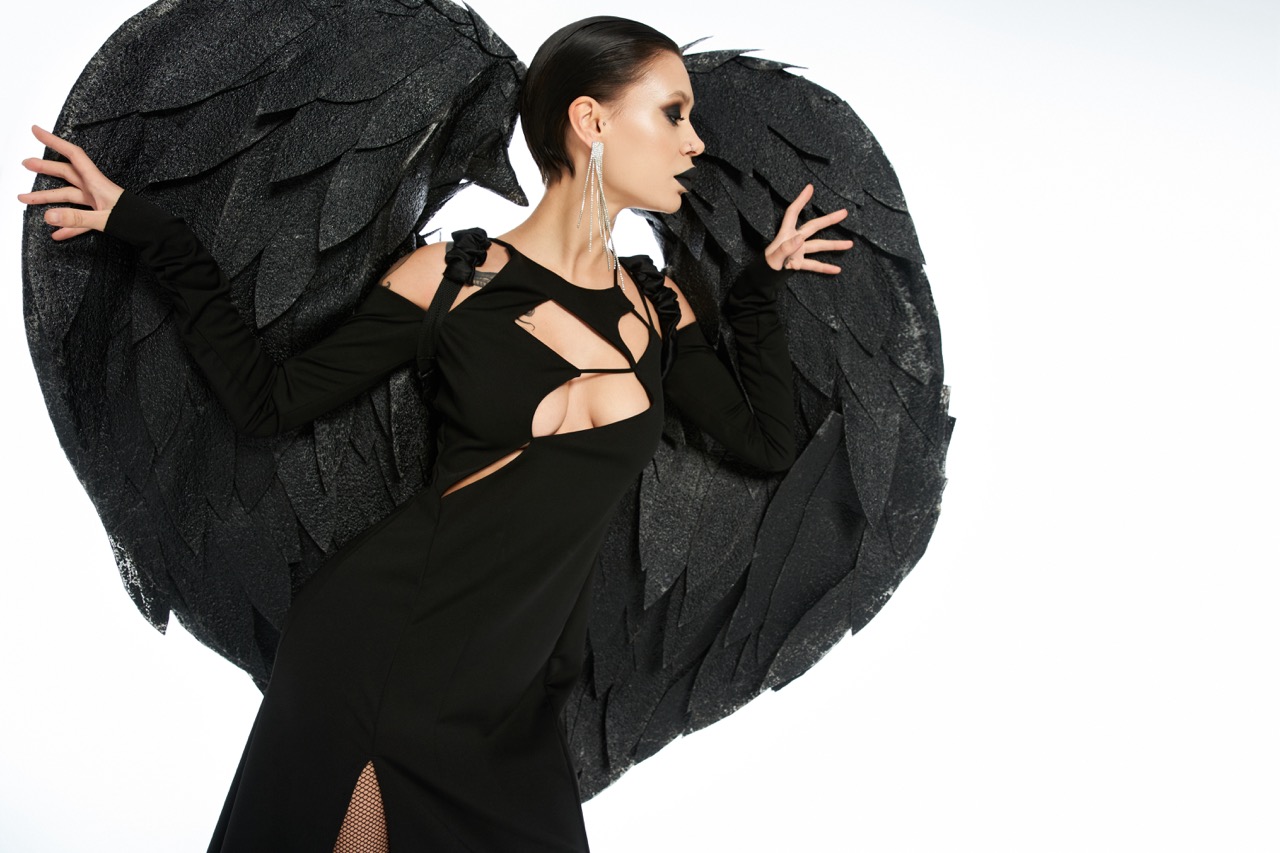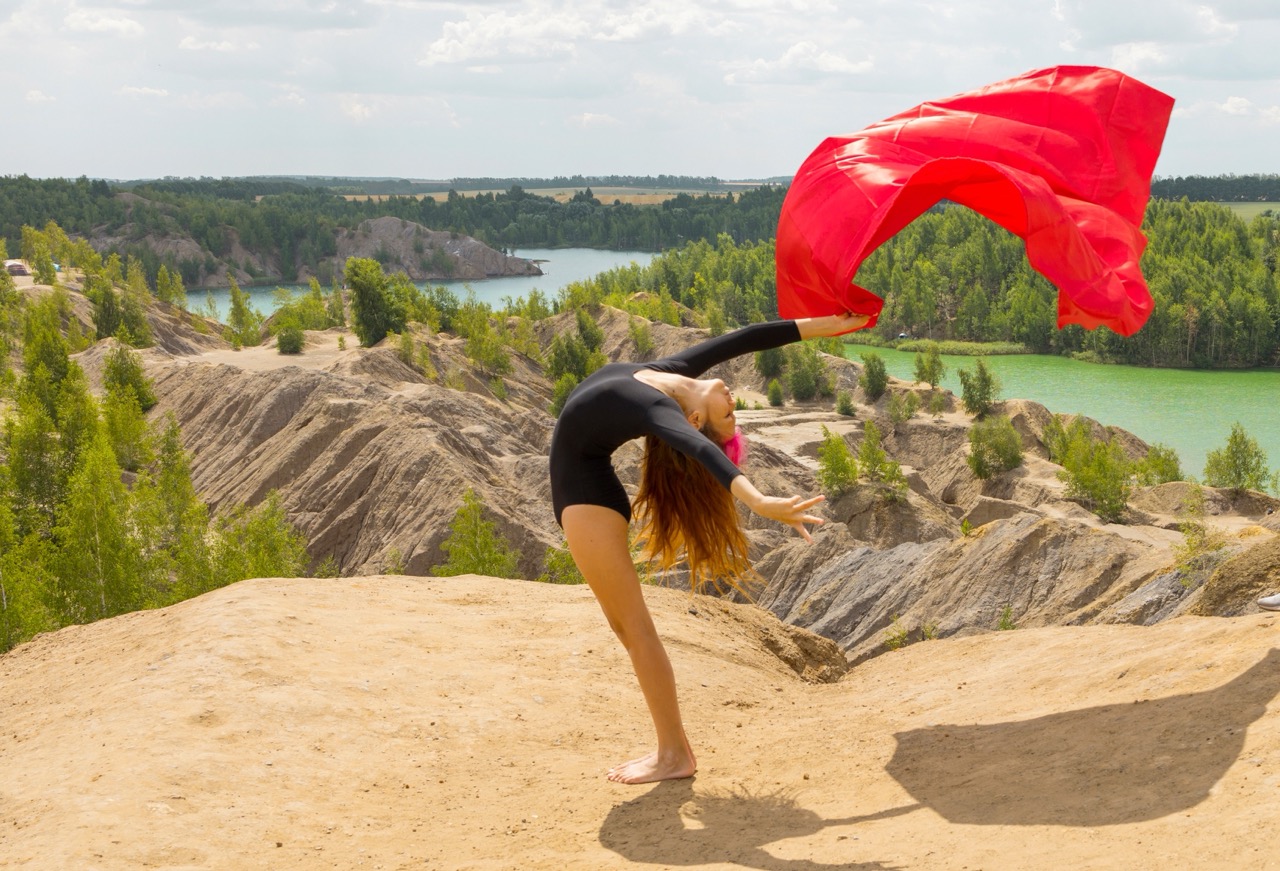In the evolving realm of dance, where artistry meets technology, the use of Artificial Intelligence (AI) has emerged as a transformative force. Dance wings, an artistic expression that enhances movement and adds a dazzling visual element to performances, are finding new dimensions through AI-assisted design. This article examines how AI contributes to the imaginative process of creating dance wings, integrating science with artistry, customizing designs for individual performers, and enhancing overall dance performance dynamics.
Unleashing Creativity: AI’s Role in Dance Wing Design
The fusion of technology and creativity often leads to groundbreaking innovations, and the design of dance wings is no exception. AI algorithms can analyze vast datasets of existing wing designs, materials, and movement styles, generating fresh and innovative concepts that artists might not have otherwise considered. By processing these datasets, AI can suggest unique shapes, patterns, and color combinations that resonate with current trends while still reflecting the dancer’s personal aesthetic.
Moreover, AI can facilitate a collaborative design process between artists and technology. Through interactive design platforms powered by AI, dancers and choreographers can visualize their ideas in real-time, making adjustments and iterations that enhance the overall concept. The ability to quickly modify designs allows for a more fluid creative process, encouraging experimentation and risk-taking that can lead to the creation of truly original wings.
Furthermore, AI can help predict which designs will have the most impact during a performance. By analyzing audience reactions and feedback from previous shows, AI can suggest designs that maximize visual appeal and emotional resonance. This predictive capability empowers artists to create wings that not only serve a functional purpose but also elevate the narrative and thematic elements of their performances.
Precision Meets Artistry: The Science Behind AI-Enhanced Wings
Designing dance wings requires a delicate balance of artistic vision and precise engineering. AI enables this balance by employing computational design techniques that optimize the structural integrity of the wings while also ensuring they are lightweight and flexible. Using materials science, AI can recommend fabrics and composites that enhance durability without compromising the fluidity essential for dance.
AI-enhanced simulations allow designers to visualize how wings will move in sync with a dancer’s movements. By utilizing physics-based modeling, AI can predict how different designs behave in various conditions, such as changes in wind or lighting. This scientific approach ensures that the finished product not only looks beautiful but also performs exceptionally well in a wide range of environments.
Additionally, AI can aid in streamlining the production process. Advanced manufacturing techniques like 3D printing can be integrated with AI design to create prototypes that are both accurate and efficient. This allows designers to test and iterate quickly, reducing the time and resources needed to bring a concept from initial sketches to a stunning final product ready for the stage.
Tailoring Movement: Customizing Wings with AI Insights
One of the most exciting aspects of AI’s role in dance wing design is its ability to customize creations to fit the unique movements and styles of individual dancers. Through machine learning algorithms, AI can analyze a dancer’s preferred movement patterns, strengths, and physical characteristics, producing wings that enhance their performance. This bespoke approach not only improves the dancer’s connection with their wings but also elevates the overall visual impact of their routine.
Moreover, AI can assess how different wing designs influence a dancer’s performance metrics, such as agility, speed, and expressiveness. By understanding these dynamics, designers can create wings that complement the dancer’s natural abilities, enhancing their performance rather than hindering it. The result is a harmonious relationship between dancer and design, where the wings become an extension of the dancer’s body, enhancing their grace and artistry.
This customization goes beyond mere aesthetics; it also allows for a deeper exploration of emotional expression in dance. AI can analyze how different wing movements align with thematic elements of a performance, helping designers create wings that resonate with the emotional arc of the piece. This synergy between design and movement opens new avenues for storytelling through dance, making performances more impactful and memorable.
Beyond Aesthetics: AI’s Impact on Dance Performance Dynamics
The integration of AI in dance wing design extends beyond mere visual appeal; it fundamentally alters the dynamics of dance performance. By providing insights into how wings can be engineered for optimal airflow and kinetic response, AI enhances not only the look of the wings but also their functionality. This results in wings that interact with the dancer’s movements, creating dynamic visual effects that captivate audiences.
AI algorithms can also analyze how various wing designs affect a dancer’s overall posture and balance. By optimizing wing designs for weight distribution and aerodynamic efficiency, AI helps dancers maintain control and stability during complex routines. This scientific approach ensures that wings enhance performance rather than act as a hindrance, allowing dancers to focus entirely on their artistry.
Moreover, the advent of AI in dance wing creation fosters a new era of collaboration between dancers, designers, and technologists. The shared insights and expertise lead to innovative approaches that push the boundaries of what is possible in dance. As performers and designers work hand in hand with AI, they unlock a world of possibilities that enrich the dance experience, creating performances that are not only visually stunning but also deeply resonant on an emotional level.
As the intersection of art and technology continues to evolve, AI stands as a powerful ally in the design of dance wings. By unleashing creativity, blending precision with artistry, tailoring designs to individual dancers, and enhancing performance dynamics, AI transforms the way wings are conceived and executed. The future of dance is brighter with technology at its side, promising a new era of performances that celebrate both the beauty of movement and the ingenuity of human innovation.










